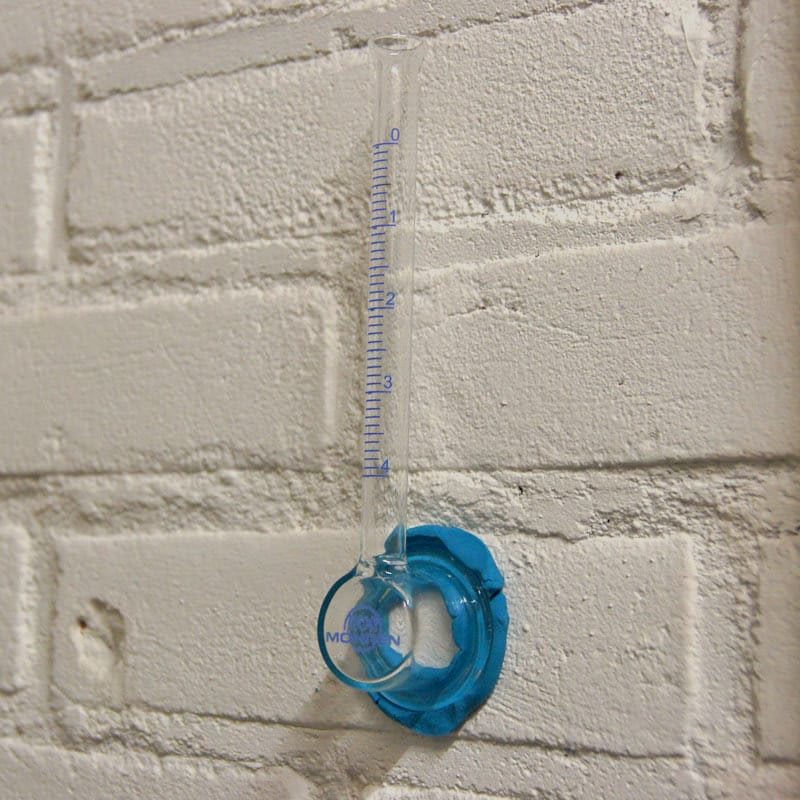There really aren't any easy field tests other than a water test. Was the Silane water-based or dispersed in alcohol? The alcohol solvent will carry the silane deeper into the pores of the concrete. Are the concrete members new or old. If they are new, was curing compound applied? Failing to remove latent curing compound or any other barrier contaminate will yield spotty to negligible results. Silanes bond to silica, which is why they are not used on ordinary clay brick.
On a horizontal surface of good clean concrete a light sprinkling of water should bead up. It is possible on some surfaces that there will be light wetting of the surface resulting in "slight" darkening but no where near as dark as untreated concrete. On a horizontal surface you can build a very small 1-in diameter dam with caulk and pool water. You might get some horizontal surface migration & wetting outside the dam but it should be very slow. The caulk should stick well to a silane treated surface.
On a vertical surface you would need a test kit or make the apparatus out of plastic.
You could ask the contractor to produce their invoice/s. He should also have some silane left over. I would be highly suspicious if he can't produce a partial 5 gallon can or jug. If he doesn't then he probably didn't order enough. If he didn't order enough, then there is reason to suspect, the contractor may have applied it too sparsely. Tell him you want to draw a sample from the container and at a convenient location apply some to concrete yourself. You can't apply silane like form release. It should be lightly standing on the surface before moving to untreated areas.
The good news (maybe) is that if he did apply the silane and it was done sparsely, he can apply more. Maybe even half as much will yield the result you expect.
You will want the lot number/s off the container/s. If the sample doesn't yield satisfactory results, then it is time to get the manufacturer involved. Silane is one product that has a definite shelf life once it has been let down & packaged. Storage can absolutely effect the water-based versions.

